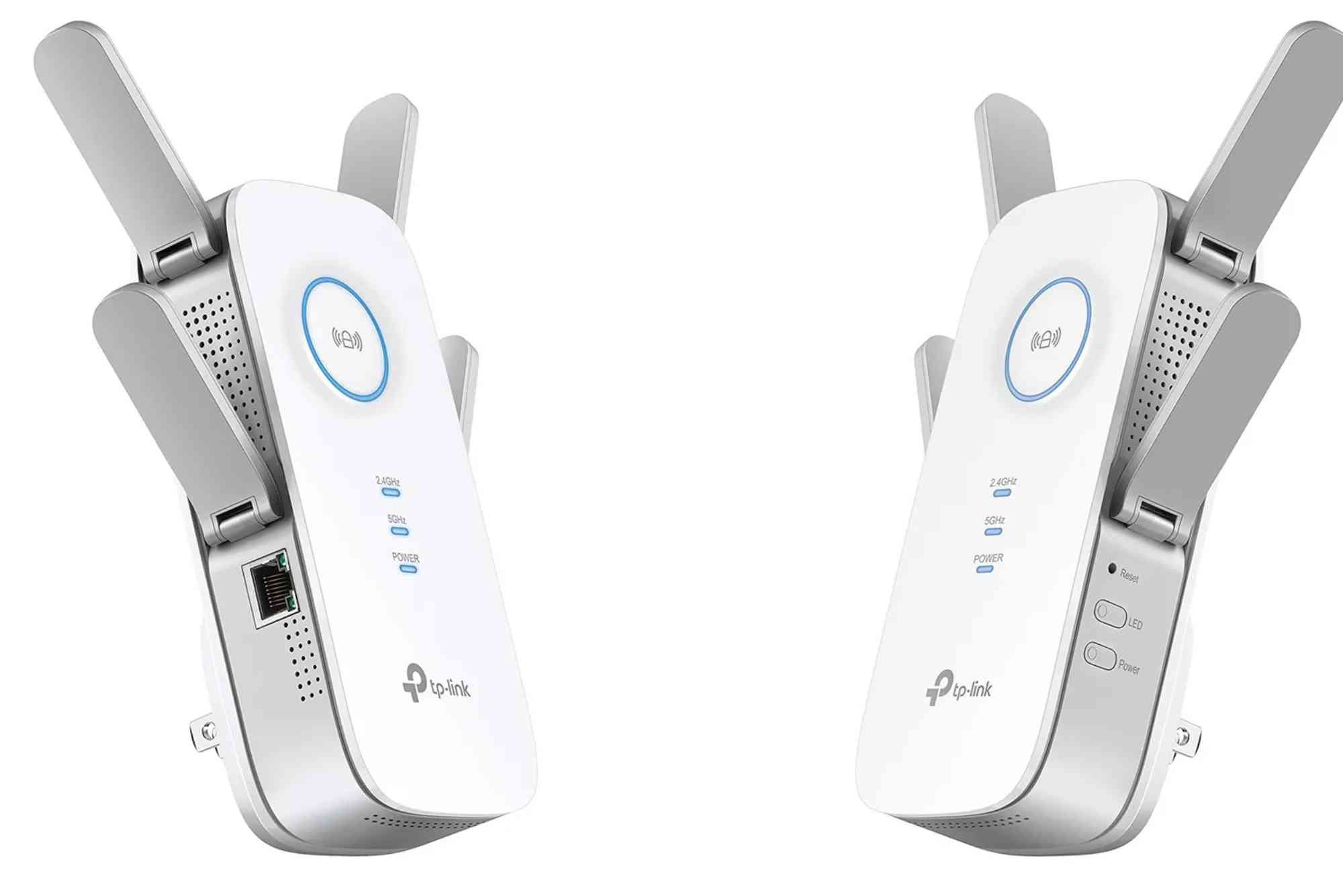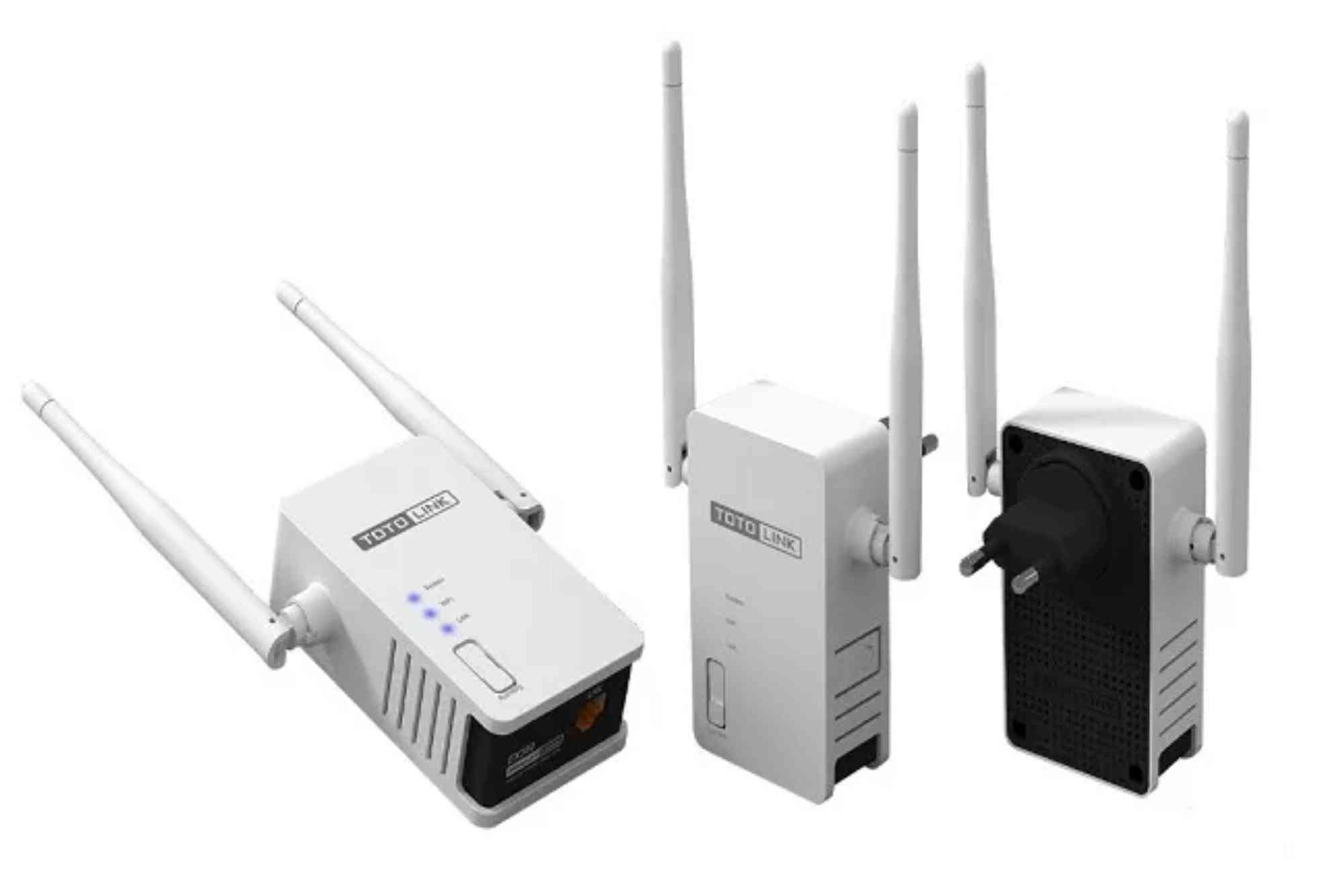How to Setup Wi-Fi Range Extender Without Using an App
Wi-Fi connectivity has become an essential part of daily life, from streaming videos and working remotely to connecting smart devices. However, dead zones in your home or office can hinder your internet experience. While many modern Wi-Fi range extenders rely on apps for setup, it is entirely possible to configure one manually without using an app.
Understanding Wi-Fi Range Extenders
Before diving into the setup process, it’s important to understand what a Wi-Fi range extender does. A Wi-Fi range extender is a device designed to amplify your existing Wi-Fi signal. Unlike routers, which distribute Wi-Fi from a central point, range extenders capture your network signal and rebroadcast it to areas with weak coverage. This ensures that your devices maintain a stable internet connection even in hard-to-reach corners of your home or office. Knowing this function will help you optimize its placement for the best performance.
Benefits of Setting Up Without an App
Using an app can simplify setup, but manual configuration offers several benefits. First, it eliminates the need for app installation, which is helpful for users who prefer not to download extra software or who have limited mobile storage. Second, a manual setup can reduce dependency on smartphones and ensure compatibility with various devices. Finally, it allows for precise control over your network settings, which can enhance performance and security. Understanding these advantages highlights why performing Wi-Fi range extender setup without app is a practical choice.
Preparing for Manual Setup
Before starting the Wi-Fi range extender setup without app, gather essential tools and information. Ensure you know your primary Wi-Fi network name (SSID) and password. Place the extender near your router during setup for a strong initial connection. Have a computer or laptop with a web browser ready, as most extenders are configured through a web-based interface. Checking these prerequisites will save time and prevent common setup errors.
Choosing the Right Extender Location
Placement is critical for effective Wi-Fi coverage. Avoid corners with thick walls or appliances that may block signals. Ideally, position the extender halfway between your router and the area with weak Wi-Fi. If possible, place it within the line of sight of the router. Good placement ensures that the extender captures a strong signal and broadcasts it efficiently, minimizing interruptions in connectivity.
Wi-Fi Range Extender Setup Without App
Performing Wi-Fi range extender setup without app involves accessing the device’s web interface and configuring network settings manually.
Power On the Extender
Plug the Wi-Fi extender into a power outlet near your router. Wait for the LED indicator to show it is powered on, usually through a solid or blinking light. Ensure it is stable before proceeding to the next step.
Connect to the Extender Network
Using a computer or laptop, open your Wi-Fi settings and look for the extender’s default network name. This is usually printed on the device or in the user manual. Connect to this network without needing a password initially.
Access the Web Interface
Open a web browser and type the default IP address of the extender, often something like 192.168.0.1 or 192.168.1.1. Refer to your extender’s manual for the exact address. Enter the default login credentials, usually ‘admin’ for both username and password, unless specified otherwise. This grants access to the device settings where you can perform manual configuration.
Select Your Wi-Fi Network
Once logged in, navigate to the wireless setup section. Here, you will see a list of available Wi-Fi networks. Choose your primary network and enter the password. This allows the extender to connect to your main router and begin extending the signal.
Customize the Extender Network
You can either use the same SSID as your main network for seamless roaming or create a new network name to differentiate it. Consider setting a unique name if you want to monitor devices connecting specifically to the extender. Additionally, ensure your Wi-Fi password is strong to maintain network security.
Save Settings and Reboot
After entering all necessary information, save the settings. The extender will typically reboot automatically to apply changes. Wait until the LED indicator stabilizes, confirming that the extender is connected successfully.
Test Your Connection
Move to areas with previously weak signals and check the Wi-Fi strength on your devices. Ensure that you can browse the internet without interruptions. If performance is subpar, try adjusting the extender’s location or double-checking network credentials.
Tips for Optimizing Extender Performance
Even after setup, there are several ways to enhance your Wi-Fi range extender’s performance. Avoid placing the device near large metal objects, mirrors, or microwaves, which can interfere with the signal. Keep firmware updated by visiting the manufacturer’s website, as updates often improve stability and speed. Additionally, consider the frequency band; dual-band extenders can provide better coverage by using 5GHz for faster speeds and 2.4GHz for longer range. Proper optimization ensures consistent performance throughout your home or office.
Common Issues and Troubleshooting
During setup, you may encounter issues such as connection failures or weak signals. If the extender fails to connect, double-check the Wi-Fi password and network name. Resetting the extender to factory settings can resolve configuration errors. For slow speeds, ensure the extender is not too far from the router or facing signal interference. Troubleshooting these common problems allows you to enjoy a stable Wi-Fi connection without relying on apps.
Advantages of Manual Configuration
Setting up a Wi-Fi range extender without app has distinct advantages. It provides greater control over network settings, allowing you to customize SSID, password, and security protocols. Manual setup reduces reliance on apps, which can sometimes have bugs or compatibility issues. Additionally, it is often faster than navigating app menus, especially for tech-savvy users who prefer direct access to network settings. The benefits make this approach a preferred option for many home and office users.
Alternative Setup Methods
Some extenders support WPS (Wi-Fi Protected Setup), which allows quick connection without accessing a web interface. Pressing the WPS button on both the router and extender can establish a secure link automatically. However, not all devices support WPS, and it may have limitations compared to manual configuration. Knowing multiple setup methods ensures you can adapt to various extenders and network environments.
Maintaining Your Wi-Fi Extender
Regular maintenance is essential for optimal performance. Keep the device clean and free of dust, and avoid covering vents that help with heat dissipation. Periodically check for firmware updates and monitor network performance. If you notice persistent issues, reconfiguring the extender manually can resolve them more reliably than relying on automated apps. Consistent maintenance extends the device’s lifespan and improves your overall internet experience.
Performing a Wi-Fi range extender setup without app is a practical and effective way to boost your home or office internet. By understanding your extender, preparing properly, and following a step-by-step configuration process, you can enjoy seamless connectivity without relying on additional software. Manual setup provides more control, reduces dependency on smartphones, and often results in faster, more stable connections. For anyone struggling with dead zones, this approach ensures a smoother, uninterrupted Wi-Fi experience. For professional guidance and reliable internet solutions, consider Dhanote Internet Services to optimize your network efficiently and effortlessly.
FAQs
How do I set up a Wi-Fi extender without an app?
You can manually configure your extender through its web interface by connecting to its default network and entering your Wi-Fi credentials.
Can I use my existing Wi-Fi name for the extender?
Yes, using the same SSID ensures seamless roaming, but you can create a new name for easier device management.
Do I need a computer for manual setup?
A computer or laptop with a web browser is recommended for easier access to the extender’s settings.
What if the extender won’t connect to my network?
Check your Wi-Fi password and SSID, ensure proper placement, and try resetting the device to factory settings.
Is manual setup better than using an app?
Manual setup gives more control, avoids app bugs, and is often faster for users comfortable with network settings.
Can I update firmware without an app?
Yes, visit the manufacturer’s website, download the latest firmware, and upload it via the web interface of the extender.








